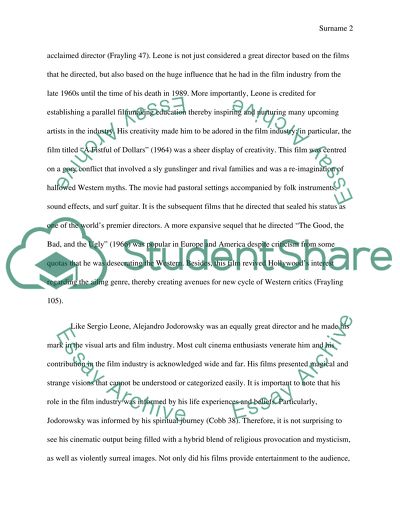Cite this document
(“Directors in Film Industry Essay Example | Topics and Well Written Essays - 2000 words”, n.d.)
Retrieved from https://studentshare.org/visual-arts-film-studies/1451360-directors
Retrieved from https://studentshare.org/visual-arts-film-studies/1451360-directors
(Directors in Film Industry Essay Example | Topics and Well Written Essays - 2000 Words)
https://studentshare.org/visual-arts-film-studies/1451360-directors.
https://studentshare.org/visual-arts-film-studies/1451360-directors.
“Directors in Film Industry Essay Example | Topics and Well Written Essays - 2000 Words”, n.d. https://studentshare.org/visual-arts-film-studies/1451360-directors.


